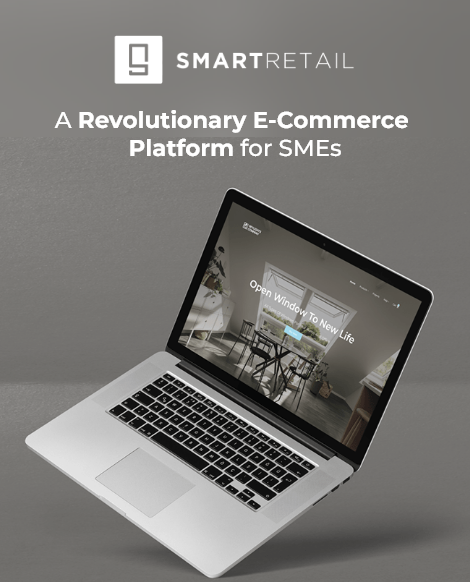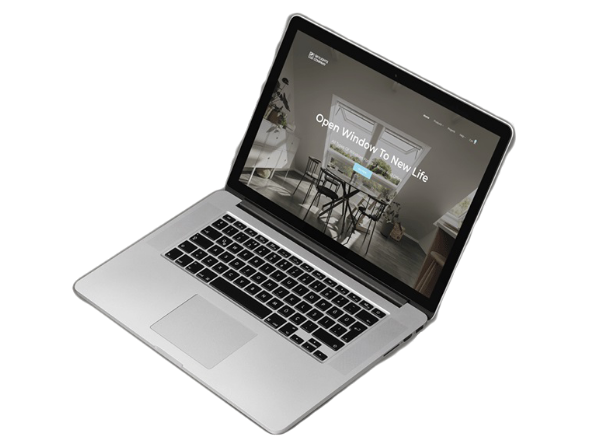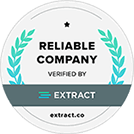

A Revolutionary E-Commerce Platform for SMEs
Smart Retail


Smart Retail
Introduction
Software/App: SmartRetail, a bespoke e-commerce platform designed specifically for small and medium-sized enterprises (SMEs). Its core purpose is to empower SMEs to effortlessly transition into the digital marketplace.
Target Audience: SMEs, especially those with limited digital presence and technical know-how.
Initial Challenges: The primary challenge was to simplify the complex process of online store setup and management for SMEs. The platform aimed to solve issues like inventory management, digital marketing integration, and user-friendly website development.
Key Initial Statistics:
Targeted User Base: 10,000 SMEs in the first year.
Market Share Goal: Capture 10% of the SME e-commerce platform market by year two.
Growth Rate: Projected growth of 50% annually for the first three years.



Achievements
Project Planning and Goals
Main Objectives:
Technical:To create a scalable, easy-to-use e-commerce platform with advanced features like AI chatbots and cloud infrastructure.
Business:To position SmartRetail as a leader in SME e-commerce solutions.
Demographic Data:
SME owners aged 30-60, primarily in urban areas with basic to intermediate tech skills.
Timeline and Milestones:
Q1: Concept Development and Market Research.
Q2-Q3: Core Development and Staff Augmentation Services.
Q4: Pilot Testing with Select SMEs.
Year 2, Q1: Official Launch.
Implemented efficient caching mechanisms, reducing page load times by 40%.
Innovative Features: Integrated an AI chatbot for customer service and an AI-driven recommendation engine for product suggestions.
Impact Data: Post-launch, SMEs reported a 60% increase in sales and customer engagement.
Changes Made: Complete migration to a serverless architecture using AWS and Digital Ocean cloud hosting, enhancing scalability and reliability.
Cost Savings: Achieved a 45% reduction in infrastructure costs.
Development Process
Methodology: Agile development with continuous integration and deployment, supported by a DevOps team extension.
Team Composition: A mix of in-house and outsourced development teams, including web designers, cloud infrastructure experts, and AI developers.
Architectural Decisions: Microservices architecture, using React for front-end and Python Django for the backend. Cloud services were set up with AWS cloud development and GCP cloud solutions.
Challenges and Solutions: A significant challenge was developing a user-friendly interface for SME owners. The solution was to involve UX/UI experts in the early stages of development.


Testing and Quality Assurance
Testing Methodologies: Automated testing (including unit and integration tests) along with manual exploratory testing.
Automation Benefits: Reduced regression testing time by 80% and improved release cycles.
Bug Rates: Maintained a consistent bug resolution rate of 95% within 48 hours.
Deployment and User Adoption
Deployment Process: Gradual rollout, with initial access given to businesses for feedback and refinement.
User Adoption Strategies:Targeted digital marketing campaigns and partnerships with SME business forums.
Achieved a user base of 15,000 SMEs within the first six months post-launch.




















